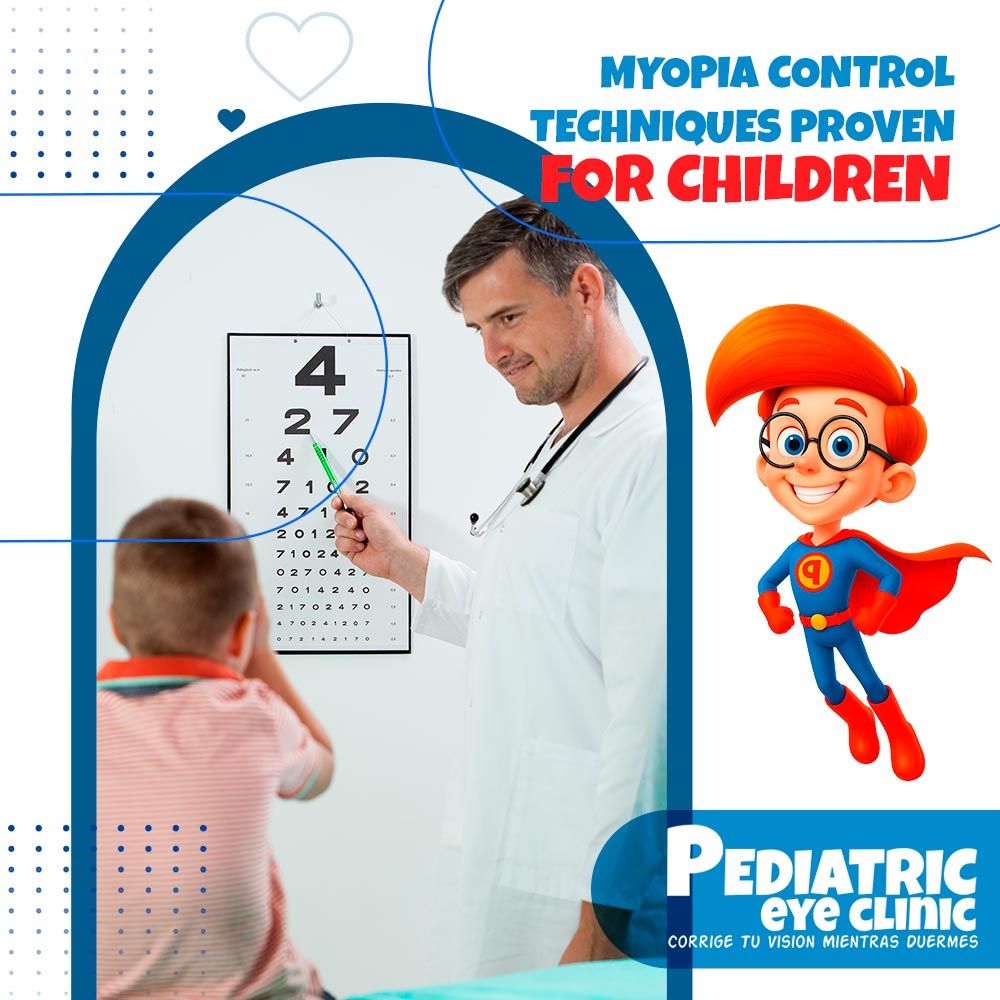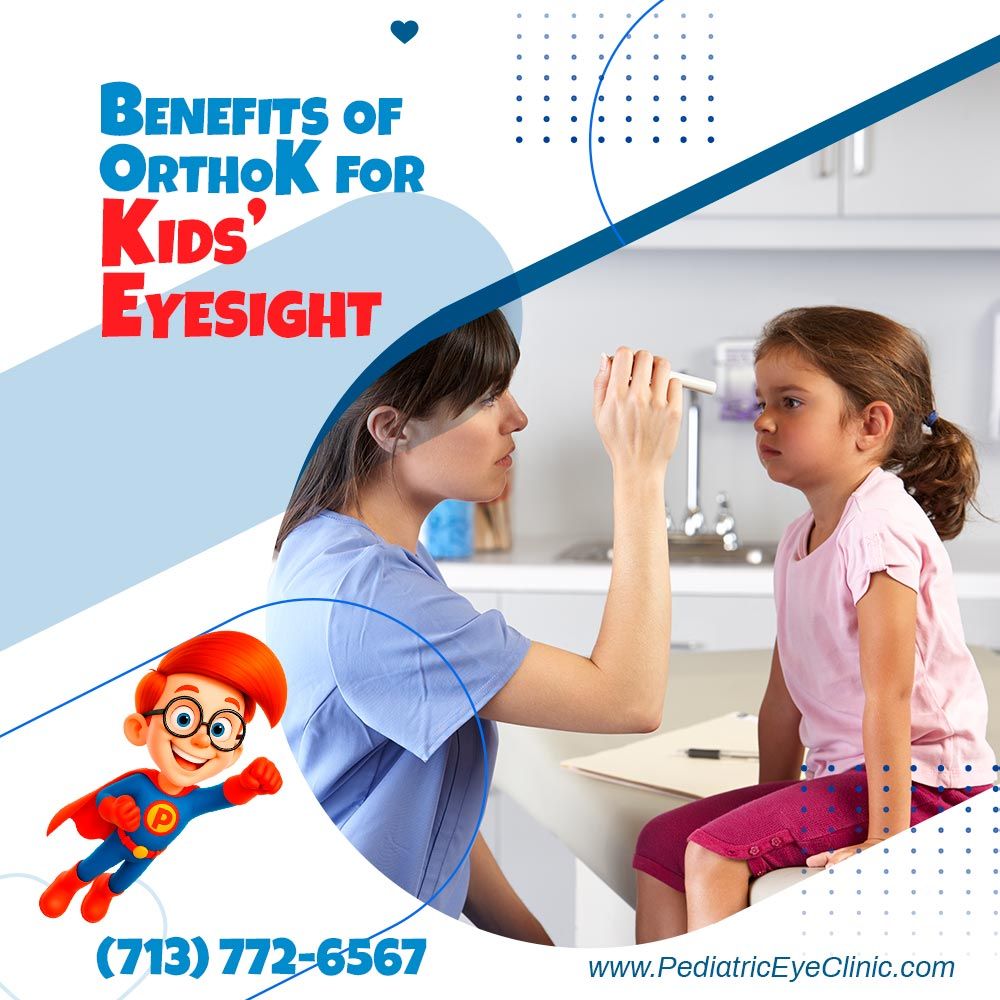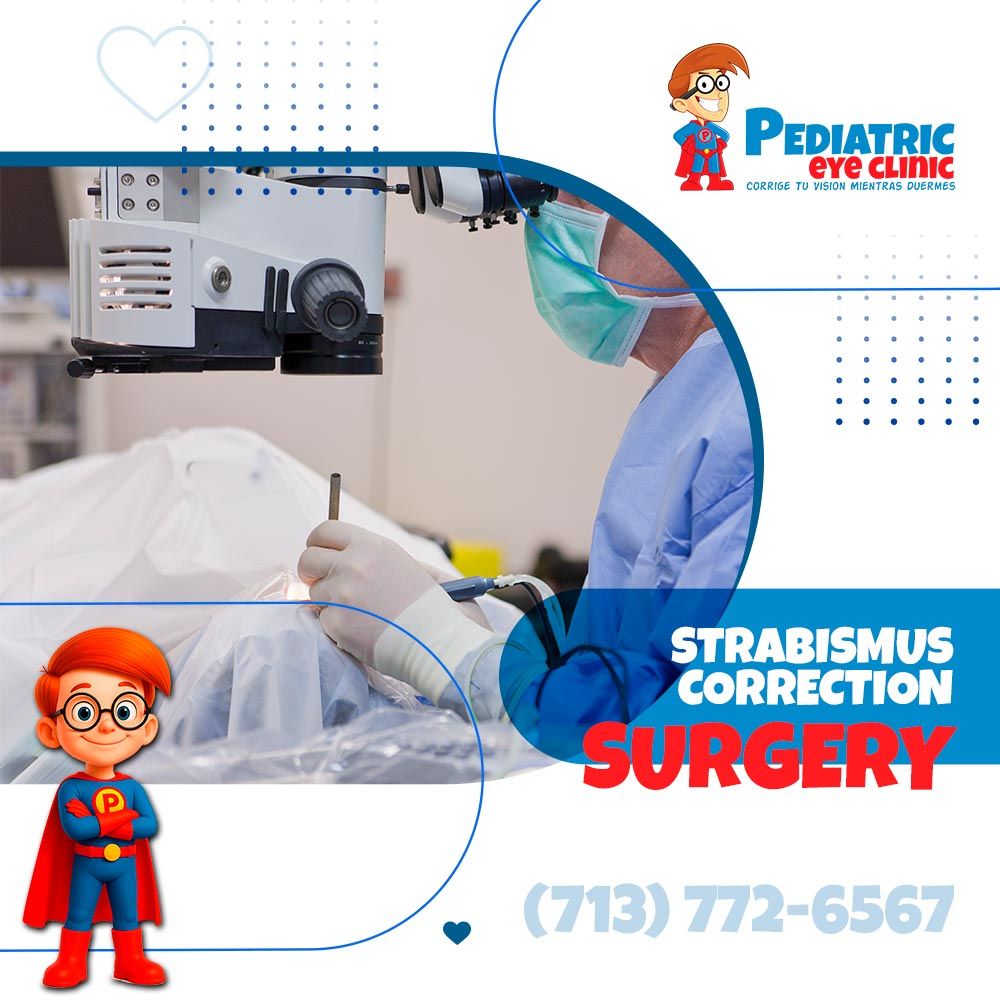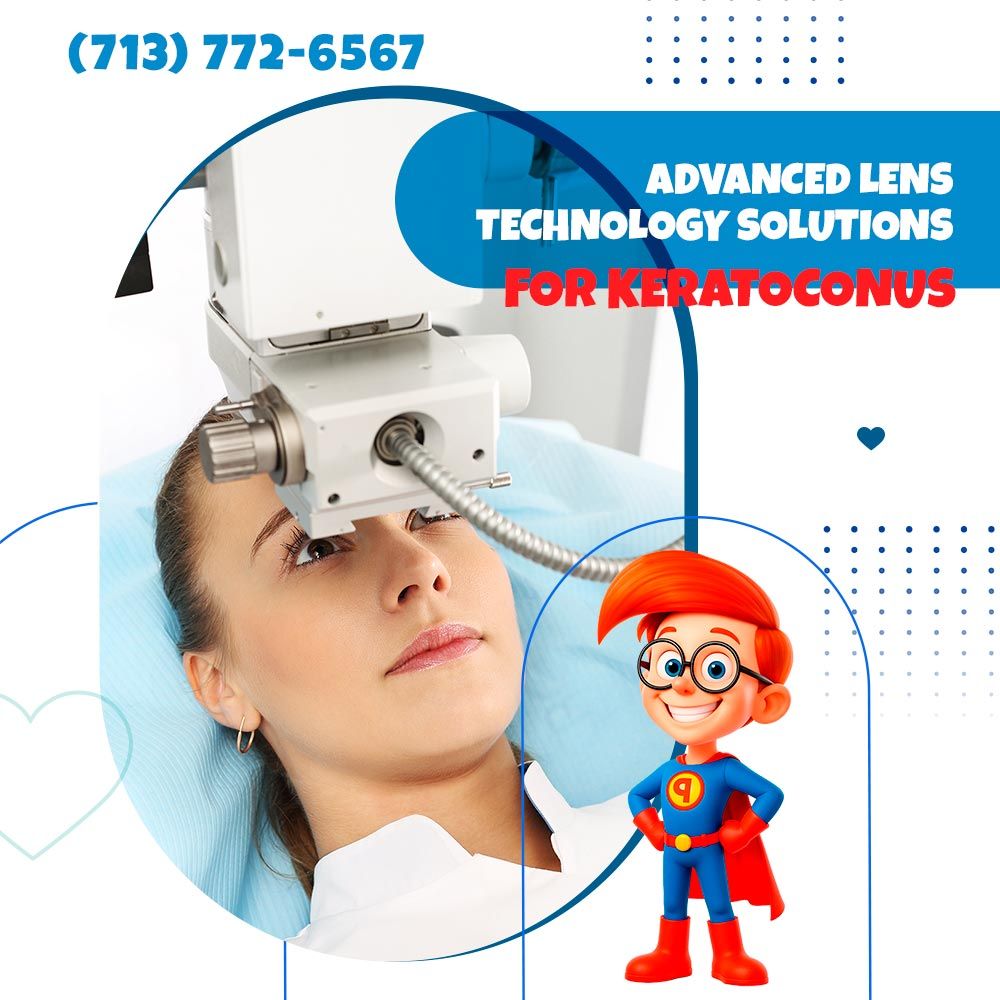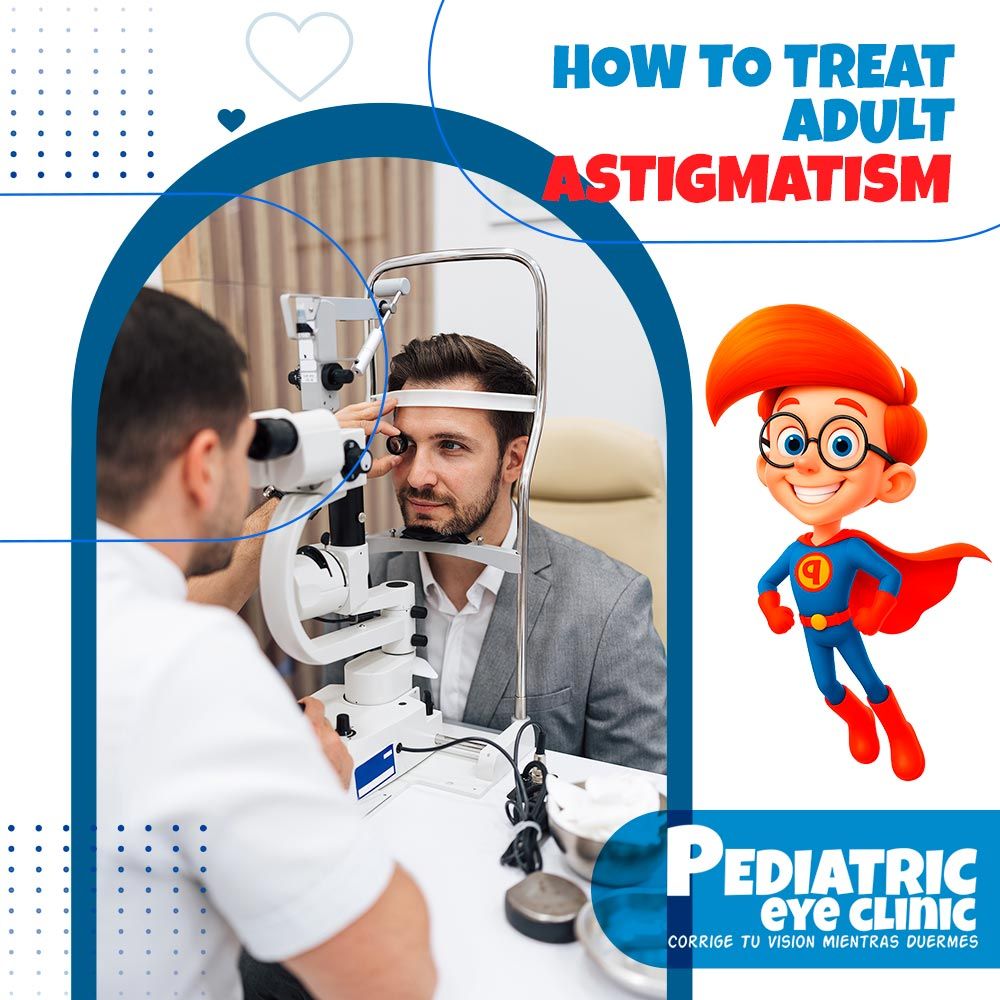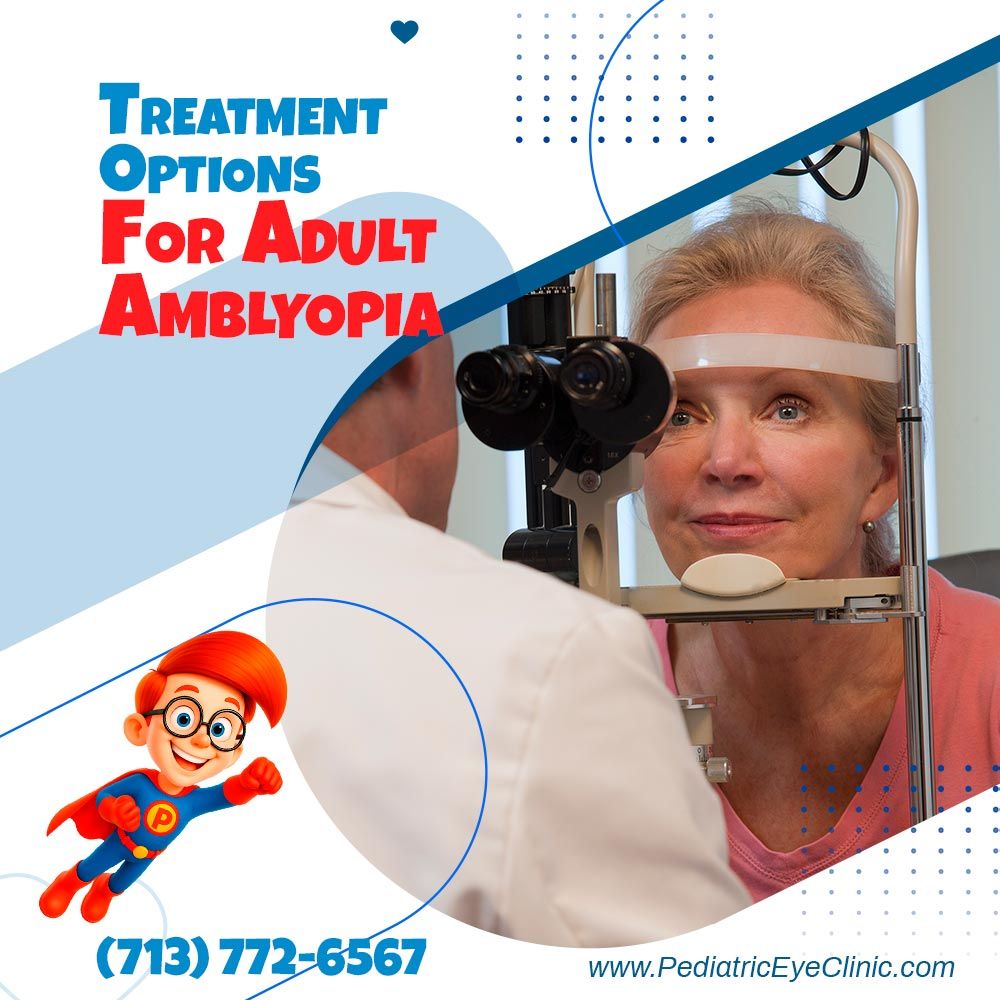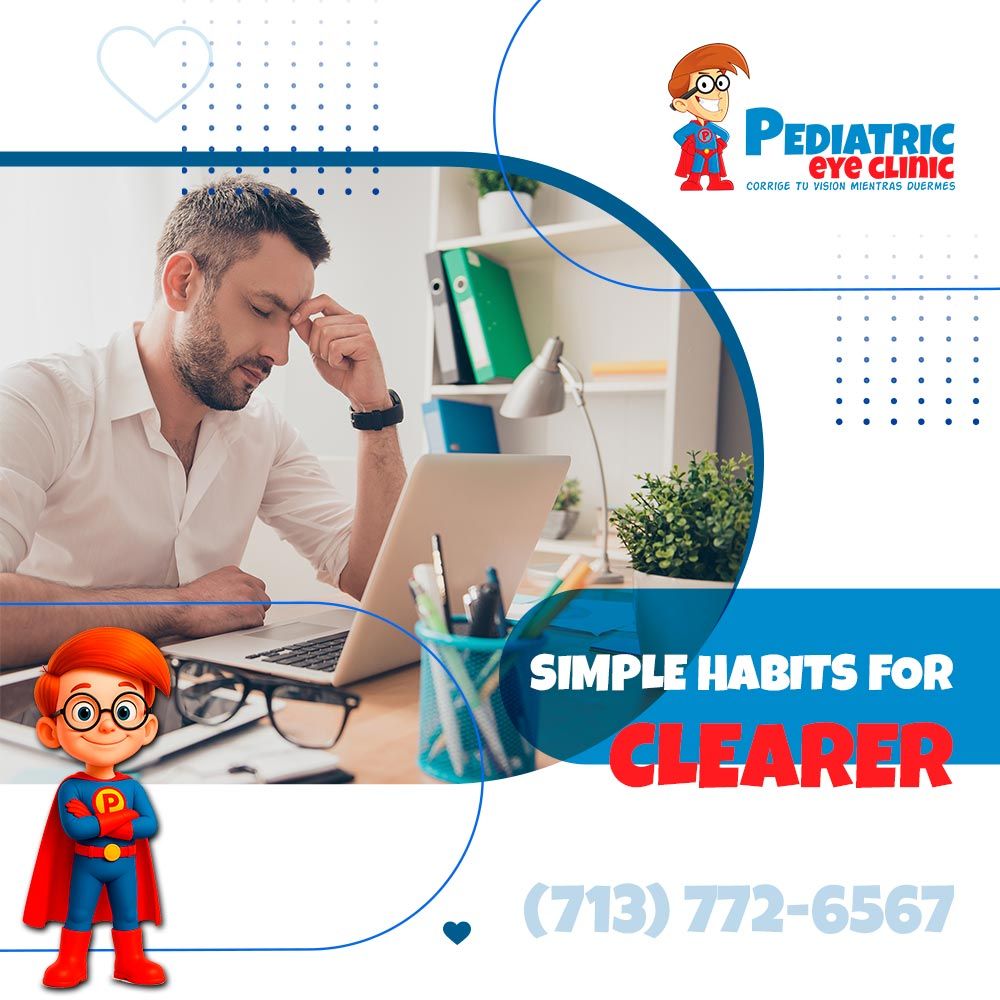Eye Care Insights: Tips and News from Our Eye Health Experts
Stay updated with the latest in eye health and vision care through our blog at Pediatric Eye Clinic in Houston. Discover tips, news, and insights from our eye care experts, dedicated to keeping your vision clear and healthy.



